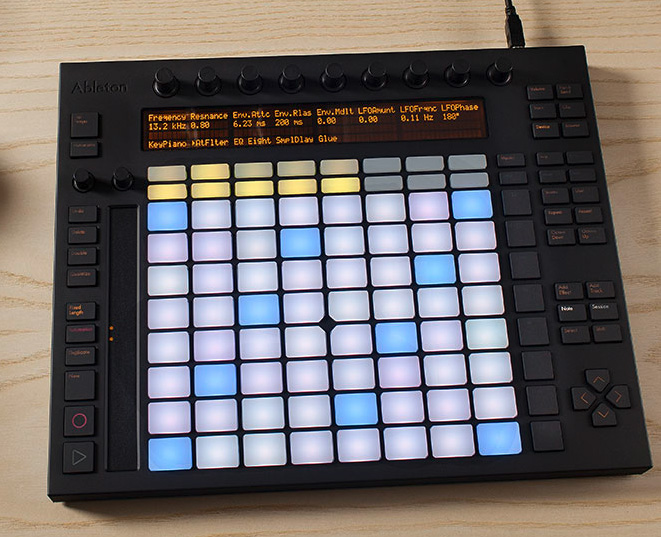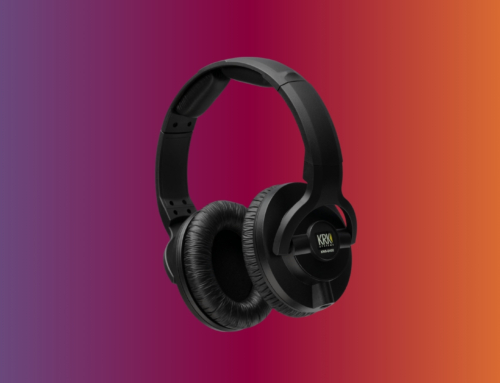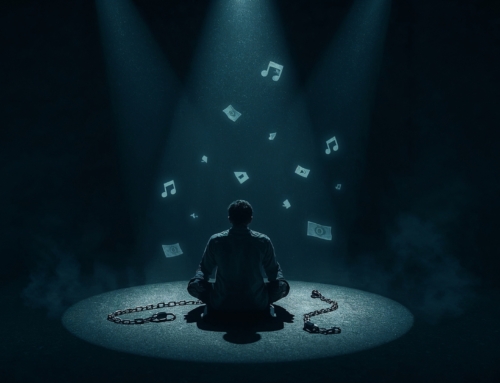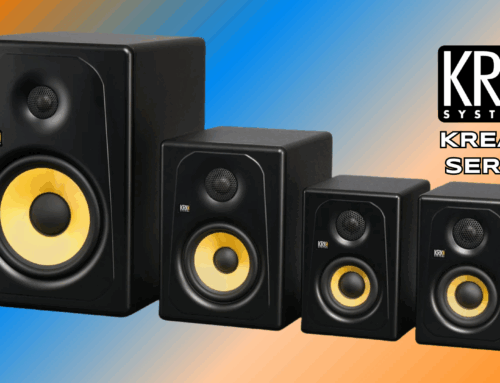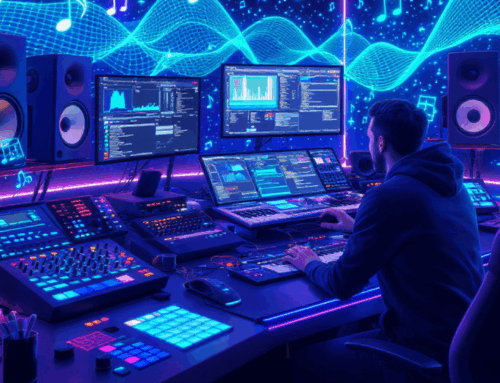Ableton Live 9’s release was a big deal, but rocking new features that the community has wanted for quite some time apparently wasn’t enough. Alongside with the release of the software came a brand new piece of hardware called Push, which works hand-in-hand with Live 9 almost flawlessly to create perhaps one of the smoothest hardware-to-software integrations seen yet.
Getting set up and ready to go is simple: no need to hassle with drivers or extra installs – just open Live 9, plug Push into a free USB slot, and watch as it takes care of the rest. Not only is the initial setup easy, but creating a new project with Push is a breeze as well. Push is capable of pulling up a library and loading a patch straight from Live 9, and dropping it straight into instrument mode, where notes can be played right from the 64 pressure-sensitive pads themselves. When in music mode, Push provides two options – “Key Mode”, which lets the user choose from playing musical scales in a set key (defaulted to C – Major), and “Chromatic Mode”, which lays down every note within a scale for the more advanced musicians to mess around with. Don’t fret though, both are conveniently illuminated so users without knowledge of a traditional keyboard can pick up and play just by recognizing color patterns laid out across the pads.
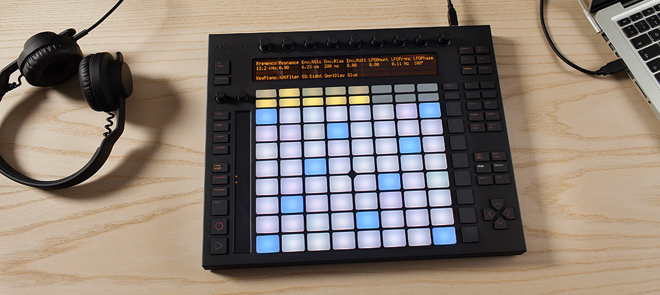
Also provided with Push is probably one of the best drum pad experiences to make its way to a MIDI controller. Drum racks are loaded from Live 9 to Push seamlessly, while providing one of the easiest patterns to understand, just like the music mode does with musical scales. It can be used to not only lay down a drum beat, but also to repeat the sequence and quantize the notes (snap to the closest increment of time), allowing users to fully edit what was just recorded into Live 9. Again, all of this can be controlled right from Push itself, allowing creative minds to constantly crank out ideas without having to switch constantly between hardware and software.
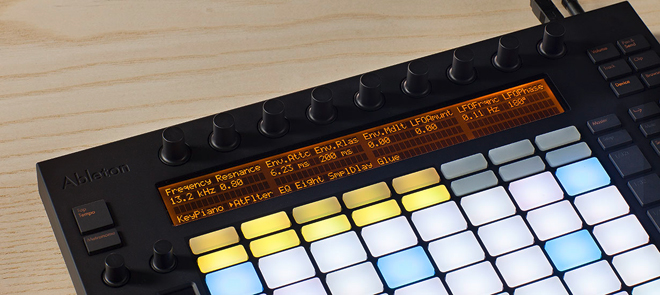
Push can also be used on the arrangement view, which gives a clear representation of the project that is on screen on the face of the controller. Clips displayed on Push correspond with the clips on screen, right down to the colors displayed. Also provided are some basic mixing functions, so adjusting volumes, panning between speakers and the like can all be done without clicking on screen controls. Unfortunately, editing MIDI data isn’t an option with Push, which doesn’t necessarily take away from the overall experience or quality, but does feel like a missed opportunity, especially seeing how well the controller works with everything else.
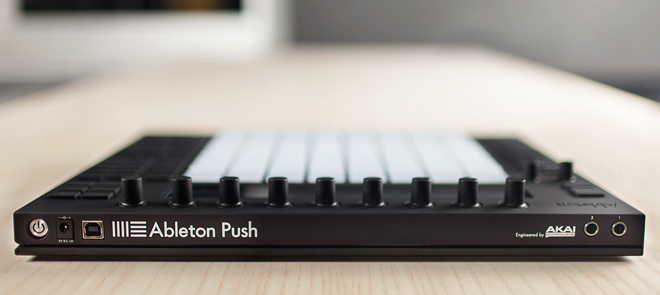
Speaking of quality, this thing is built like a brick. While a bit on the heavy side, it isn’t completely intrusive to a home studio or an on-the-go event. It still provides as a great companion either way, but it is built to last. It weighs roughly six and a half pounds, and measures in at 14.5” x 11.5” x 1”, plus the height of the knobs and other controls on the face. This may quite sound quite large, but packing it up is relatively simple thanks to not being overly cumbersome and simple to setup and break down. Ableton decided to finish Push with a matte coating, so it consistently looks clean and sleek without fingerprints or dust visible after constant use. The pads themselves are brightly lit and are on par with the build quality of the rest of the unit.
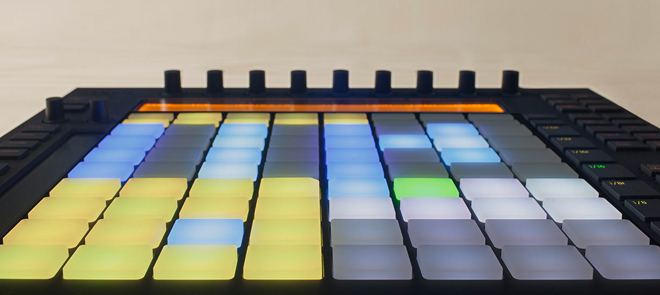
When it is all said and done, Push remains to be one of the most enjoyable and accessible MIDI controllers to date. One of the only drawbacks besides no MIDI data editing while in arrangement view is that some may be put off by its hefty price tag of $599. But rest assured that if there is only one MIDI controller to consider, Ableton Push is a more than worthy candidate.
